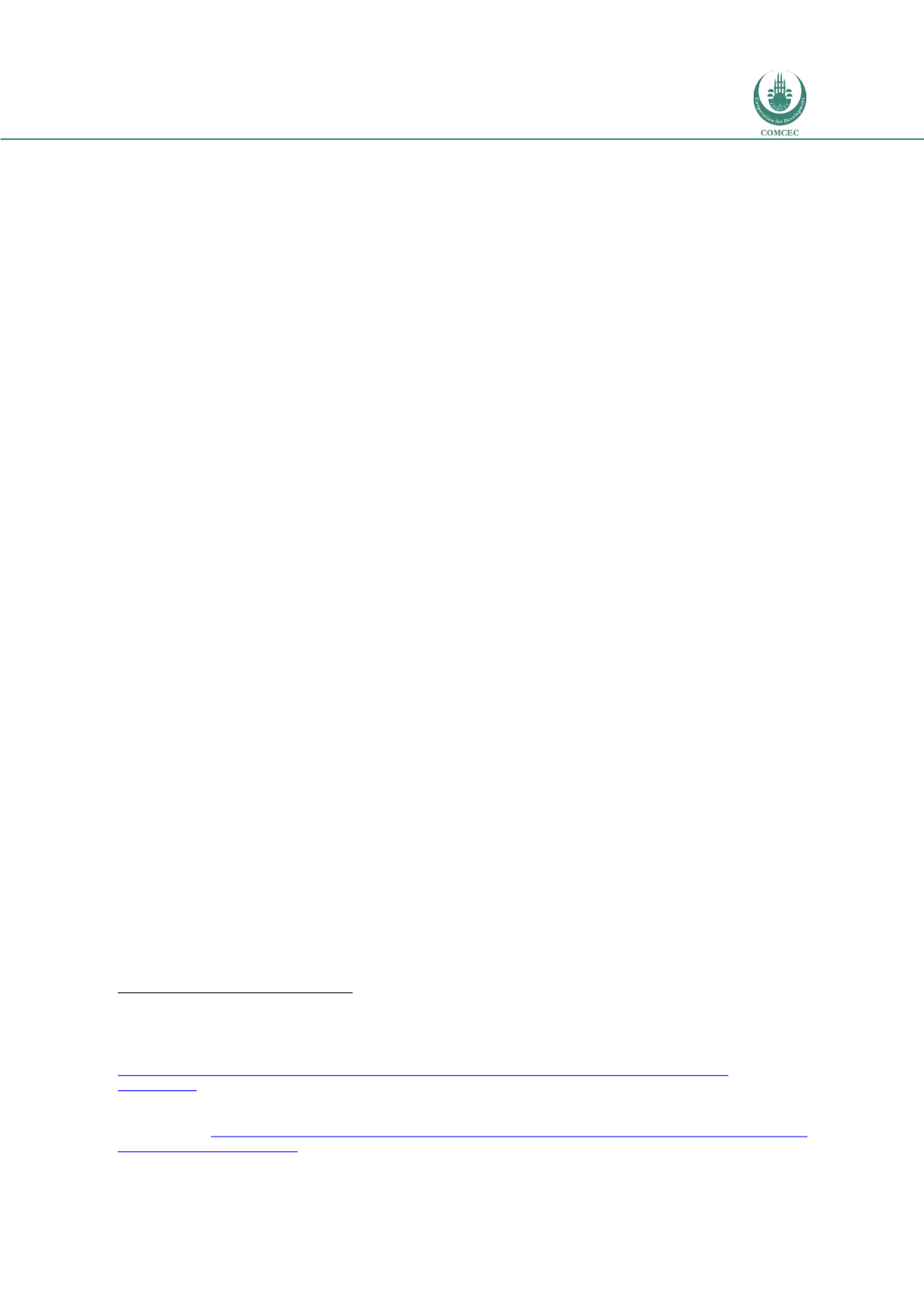

Forced Migration in the OIC Member Countries:
Policy Framework Adopted by Host Countries
117
moment it is unclear when or how this issue of Syrian refugees will be resolved. Moroccan
authorities have been hesitant to establish a set position on accepting and integrating Syrian
refugees, with one explanation being that, as the only country in the region to do so, such a
policy could serve as a strong pull factor.
The New Migration Strategy of 2013
As a result of King Mohammed VI’s support for the CNDH’s recommendations, Morocco
reinstated the BRA, and created new inter-ministerial committees to examine the existing
policy and establish a National Strategy on Immigration and Asylum (SNIA), which was
adopted in December 2014. This push for a more humane approach toward migration and
refugee protection consisted of two distinct, though interrelated, steps: the exceptional
regularization of migrants in 2014 and the SNIA, which is meant to result in a new
immigration and asylum legal framework.
Exceptional Regularization of Migrants in 2014
One of the first steps of the new initiative was an exceptional regularization campaign,
launched for irregular migrants in January 2014. The Moroccan Ministry of the Interior
estimated the population of irregular migrants in Morocco at the time to stand between
25,000 and 40,000.
314
Candidates for regularization had to fall into one of the six eligible
categories as laid out by the Ministry of Moroccans Residing Abroad and Migration Affairs
(MCMREAM):
1.
Spouses of Moroccan nationals with at least two years’ residence;
2.
Foreign couples resident legally in Morocco for at least four years;
3.
Children of the previous two categories;
4.
Foreign nationals with work contracts for at least two years;
5.
Foreign nationals who could demonstrate at least five years of continuous residence in
Morocco; and
6.
Seriously ill foreign nationals who arrived in Morocco before December 31, 2013.
315
Regularized migrants received legal residency for one year, including legal access to work,
with the possibility of renewal.
316
Over 27,000 migrants from 116 different countries applied for regularization in 2014,
primarily from Senegal (6,600 applications), Syria (5,520), Nigeria (2,380), and Côte d’Ivoire
(2,281).
317
In total, 17,916 applications were accepted, and it was announced in February
2015 that those accepted would have their residency cards automatically renewed for another
year.
318
The regularization campaign did not come without difficulties. Media coverage of the process
did not always provide accurate information, leading many irregular migrants to believe that
314
Human Rights Watch,
Abused and Expelled
315
Myriam Cherti and Michael Collyer, “Immigration and Pensée d’Etat: Moroccan migration policy changes as
transformation of ‘geopolitical culture,’”
The Journal of North African Studies
20, no. 4 (2015): 590-604.
316
Maggy Donaldson, “Morocco sets unlikely precedent in hosting sub-Saharan migrants,” updated May 13, 2015,
http://america.aljazeera.com/articles/2015/5/13/morocco-sets-unlikely-precedent-in-hosting-sub-saharan- migrants.html ;Interview conducted by MPI, March 2016
317
UNHCR, “Morocco Update: Regularisation of Refugees by National Authorities”
318
FIDH and GADEM,
Maroc: Entre rafles et régularisations, Bilan d’une politique migratoire indécise
, (Rabat: FIDH and
GADEM, 2015),
https://www.fidh.org/en/region/north-africa-middle-east/morocco/between-round-ups-and-regulations- morocco-s-vacillating-migration .















